SGEM#426: All the Small Things – Small Bag Ventilation Masks in Out of Hospital Cardiac Arrest
The Skeptics' Guide to EM
JANUARY 13, 2024
On your arrival, first responders from the fire department are performing high-quality basic cardiac life support. The patient is a 54-year-old man who collapsed in front of his family after complaining of chest pain for several hours. You continue with compressions and defibrillations and your partner places an advanced airway.








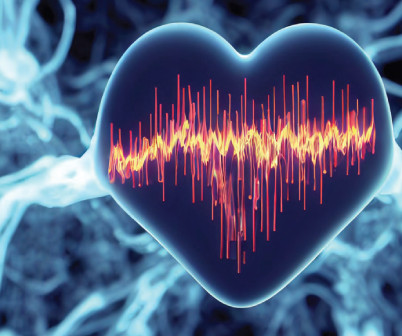
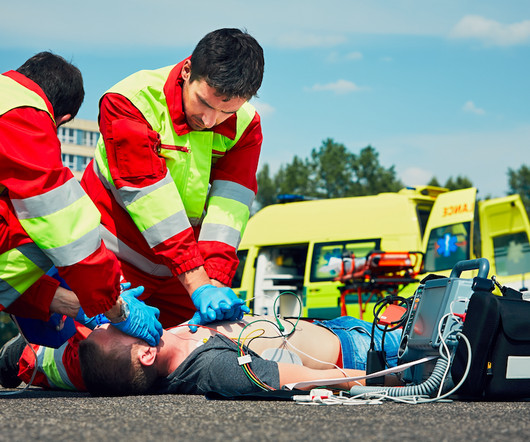
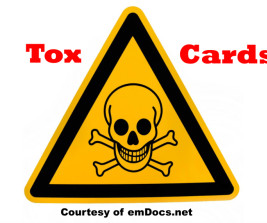
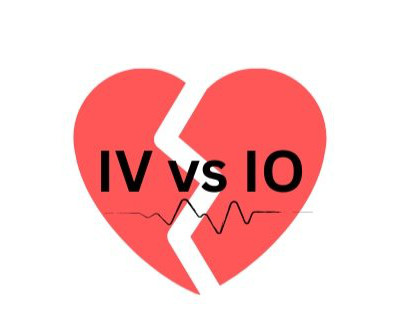
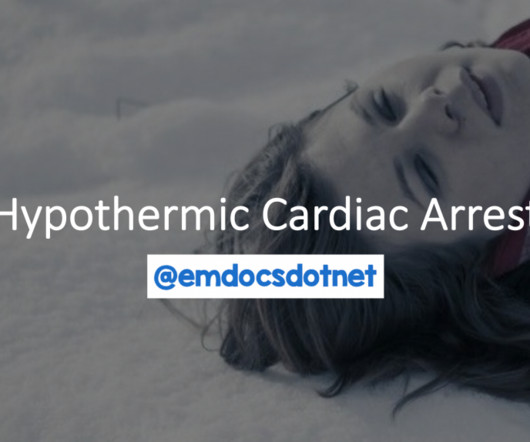



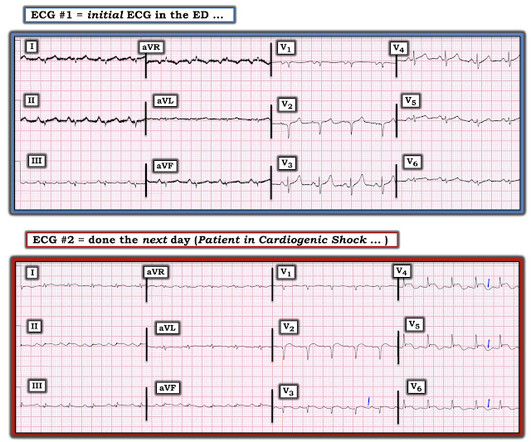
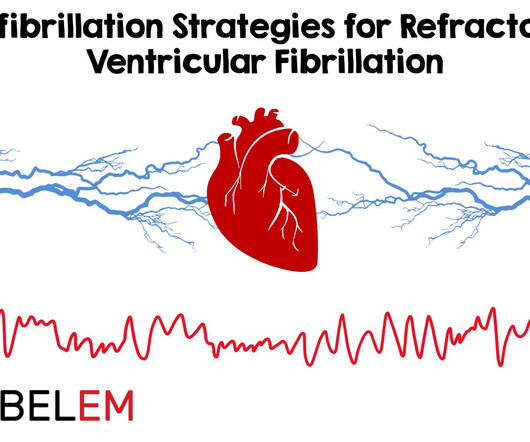






Let's personalize your content